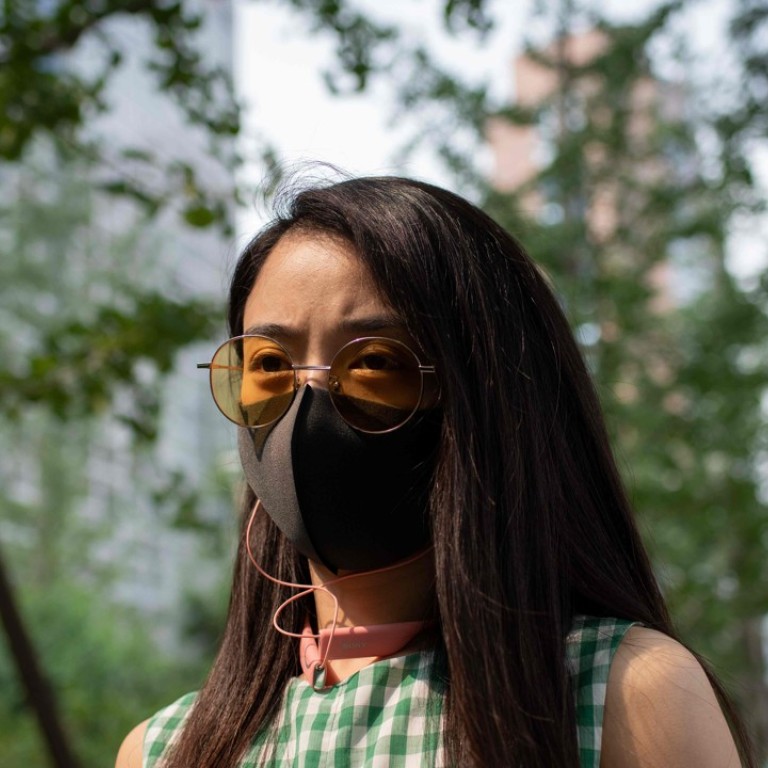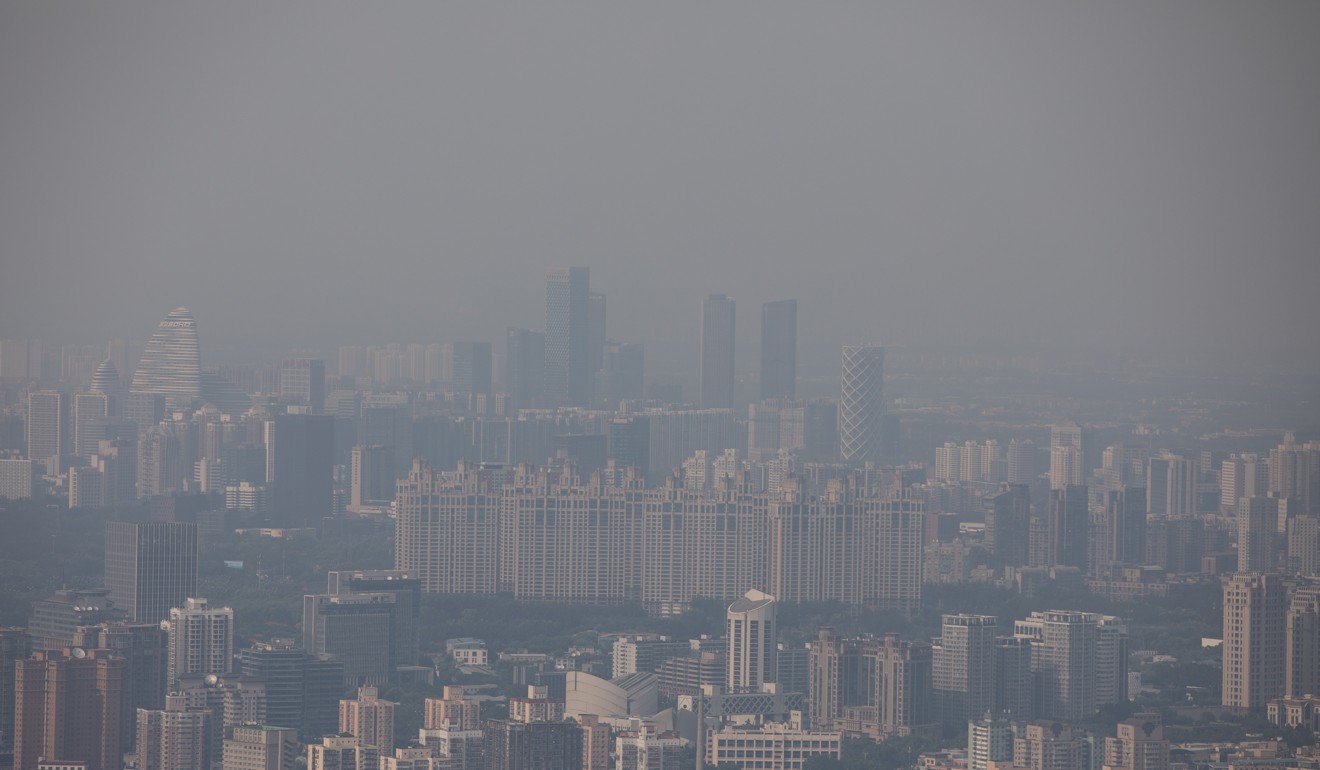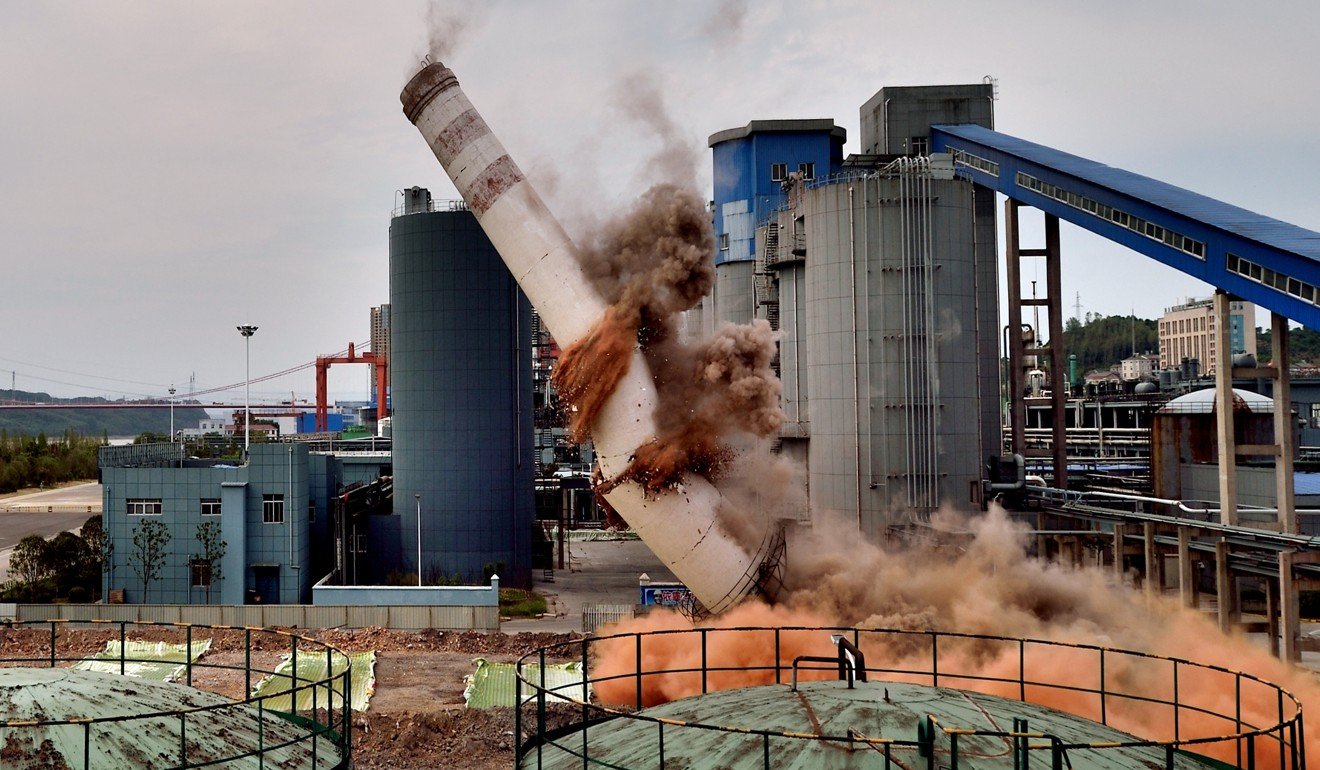
China leads global focus on green financing, says top PBOC official
Ma Jun, policy adviser to China’s central bank, launches Hong Kong Green Finance Association and says with borrowers for green projects less likely to default, sector is becoming more appealing to global banking community
Many trillions of dollars need to be spent, much of it by the private sector, to improve the environment and contain global warming, a senior adviser to China’s central bank has warned, as he launched the newly created Hong Kong Green Finance Association on Friday.
But the good news is that green loan borrowers are less likely to default, said Ma Jun, a policy adviser to the People’s Bank of China, than those taking out other loans, making the sector appealing to the global banking community.
Ma said the adoption of green finance has become a growing trend around the world following what has been a 20-fold surge in energy consumption in the past century.
In China, all listed companies will have to be annually disclosing their environmental plans and spending by 2020, becoming the only major economy with such compulsory requirements in place – and that will be critical in driving global capital markets in their funding of more green projects in future, Ma added.
“Only by identifying who is green and who is not, will the market be able to effectively invest funds into the sector and reduce their exposure to the ‘brown sectors’,” Ma said at Friday’s launch.

The term brown sector finance is money being used to fund high carbon, and climate-risk projects.
The new association has been created to put Hong Kong on the world map as a green finance hub, he added, as well as to promote the city’s green financial services to the mainland, especially to help fund the ongoing Belt and Road Initiate, which has the building of green infrastructure projects across the region at its core.
The economic development plan, initiated by China in 2013, is alone expected to require US$1 trillion annually of green investment, said Ma, who also represents China and co-chairs the G20 sustainable finance study group which comprises 15 global central bank and supervisory members coming together to create a global consensus on green finance.
Only by identifying who [which organisations] is green and who is not, will the market be able to effectively invest funds into the sector
The latest data shows the non-performing loan ratio for green loans in China was just 0.4 per cent currently compared with overall non-performing loans in banking system of 1.8 per cent, Ma said.
The country is also in a position to consider adopting lower risk weights of green assets on the basis of financial stability considerations of its banking system, Ma said.
No country has lowered their risk weights for green assets mainly because most still do not have a green loan definition and thereby unable to calculate the default rate on green loans.
Risk-weighted assets are used to determine the minimum amount of capital that must be held by banks and other institutions to reduce the risk of insolvency.

Financial regulators of many other countries are still unable to prove their green loans default rate less than non-green loans, and thus have no basis to introduce such a new measure.
He quoted other latest data from the OECD, which suggest between US$5 trillion and US$7 trillion of green investments globally is needed in areas such as pollution control, clean energy, clean transport, green building, and energy conservation per year in the next 15 years.
In China, 75 per cent of water is contaminated and 20 per cent of arable land, Ma said.
That means it is estimated that US$600 billion needs to be spent on green investment in the country annually, but only 10 per cent of that will come out of government coffers, with the rest coming from the private sector.
● Separately on Friday Hong Kong’s Securities and Futures Commission (SFC) announced its strategic framework to contribute to the development of green finance in the city, to complement existing initiatives to promote green bonds.
Priority is being given to helping listed companies develop full disclosure of their environmental information, with an emphasis on climate-related risks and opportunities, the SFC said in a statement.
The watchdog is also expected to conduct a survey of asset managers and asset owners on their sustainable investment practices, to make clear how and to what extent environmental criteria are factored into their investment processes and risk assessments.
“The disclosure is about long term risk for climate change. What would a breach look like? If you don’t know, then it doesn’t work.” said Ashley Alder, the SFC’s chief executive officer.

